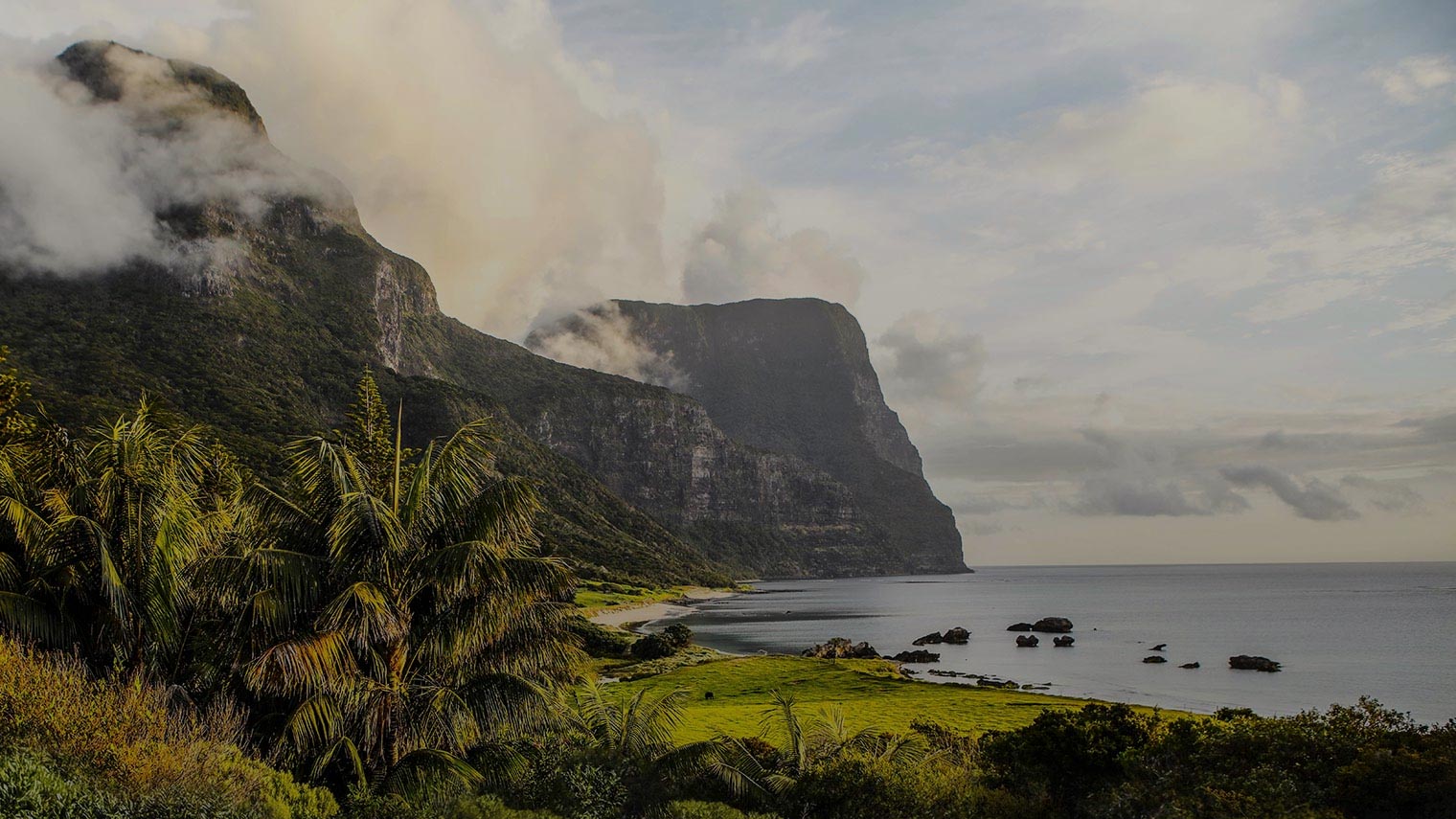Sri Lanka is one of the 34 biodiversity hotspots identified in the world and has the highest biodiversity per unit area of land amongst Asian countries. For a tiny island nation in the Indian ocean, Sri Lanka has 26 national parks covering 5734 square kilometres. Many of the parks are UNESCO heritage sites due to their unique biodiversity. Growing up in Sri Lanka, spending a couple of days in the jungle, watching and being one with the nature was, is, and always will be one of my most favourite travel experiences. I got myself into wildlife safaris at a very young age, way before I started a carrier in tourism. The thought of witnessing a gathering of hundreds of elephants at sunset, tracking the paw prints of a leopard along the sandy pathways into the jungle, or spotting a family of wild boar where the babies imitate the mother’s footprints has always driven me out of the capital city every chance I got.
Sri Lanka’s Big Five:
- Sri Lankan Elephant
- Sri Lankan leopard
- Sloth Bear
- Sperm Whale
- Blue Whale
Yala National Park is the most famous among travellers and the second largest national park in the country. Located in the south-east, Yala is about 3.5 hours’ drive from the international airport down the coastal road. But most travellers choose to tour around the island and reach Yala via Nuwara Eliya or Ella. In addition to its active Sri Lankan leopard population, Yala has 44 different mammal species including the very rare Sri Lankan sloth bear and the endangered Sri Lankan elephant. Out of the 215 bird species of the park, seven are endemic to the island.
- Sri Lanka grey hornbill
- Sri Lanka junglefowl
- Sri Lanka wood pigeon
- crimson-fronted barbet
- black-capped bulbul
- blue-tailed bee-eater
- brown-capped babbler
Even though the park is open year-round with the exception of September and first half of October, I’ve found that the best time to spot free roaming wildlife to be in the months of May and June.
With being able to spot 3 of Sri Lanka’s “big five” in one trip and resort accommodation around the park, Yala is a bucket list family activity for thousands of nature lovers visiting Sri Lanka every month. There are a number of accommodation options in the area from budget to ultra-luxury resorts. My personal favourites would be Cinnamon Wild Yala, Uga Chena Huts and Wild Coast Tented Lodge. I’ve had many nights at Cinnamon Wild where either an elephant peacefully crossed the main lobby area, boarlets passed by the chalet looking for mother boar or birds and squirrels just casually hung out with me on the balcony. These resorts are built preserving the wild terrain around them and there’s absolutely no match to the world-class hospitality they provide. And for those who want to complete their adventure of spotting the “Big Five”, Mirissa harbour is just a 2-hour drive away from Yala.
I consider myself very lucky to have had sand in my feet, salt in my hair and sunshine all around me for as long as I can remember. I’ve snorkelled over the stunning corals in the south coast, watched sea turtles hatch and dug holes on the beach to find crabs as any kid would do growing up in Sri Lanka. But the sight of the majestic blue whale is something I hold very dear to my heart over everything else. To see the largest animal to have ever existed on earth swimming so gracefully and splashing on the waves is simply indescribable.
Sri Lanka is home to the non-migrant pygmy blue whale, whose breading grounds are spread across southern Sri Lankan Ocean. These extraordinary animals roam around the island all year but the best spot to go looking for them is in Mirissa. The ideal time to go on a whale watching tour would be from November to April. The sighting of a blue whale is somewhat of a privilege and are far from guaranteed anywhere else in the world. But in Sri Lankan waters, it’s rare to have seen none, because you’d often see several with hundreds of spinner dolphins and rays.
Out of all the wonderful places one can spot wildlife in Sri Lanka, I’ve kept the best for last. Wilpattu National Park is Sri Lanka’s largest and oldest protected national park and has a dense forest cover unlike anywhere else in the island. The highlight of this place for me has always been staying the night at the bungalows inside the park. These accommodations are manged by the Department of Wildlife Conservation in Sri Lanka, and they give you the perfect camping experience while placing you right in the centre of all the action. A visit to this park is not complete without the team at Wild Hideaway Wilpattu. A team of professional trackers, wildlife photographers and quite honestly the best at spotting everything the park has to offer. The park is recorded to have approximately 355 leopards and a large number of elephants, sloth bears and water buffalos. Sambar and Spotted Deer, Mongoose, Mouse Deer, and Shrew also can be spotted during a safari drive here. Many species of Owl, Tern, Gull, Eagle, Kite and Buzzard along with the Painted Stork, Sri Lankan Junglefowl and the Little Cormorant can be found at the Wilpattu National Park all year. Wetland birdlife includes the Garganey, Pintail, Whistling Teal, Spoonbill, White Ibis, Large White Egret, Cattle Egret and Purple Heron. Undoubtably, this is a haven for any nature lover and a memorable trek along the forest covered pathways of the long-forgotten ancient Sri Lankan tribal grounds
